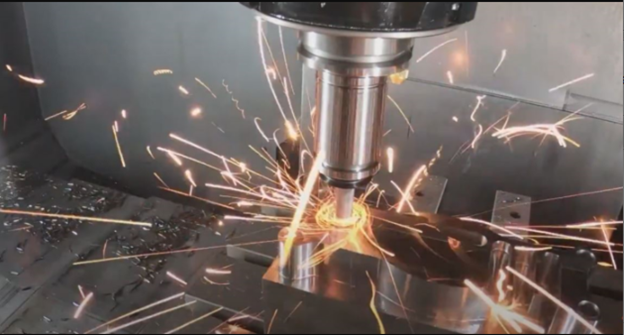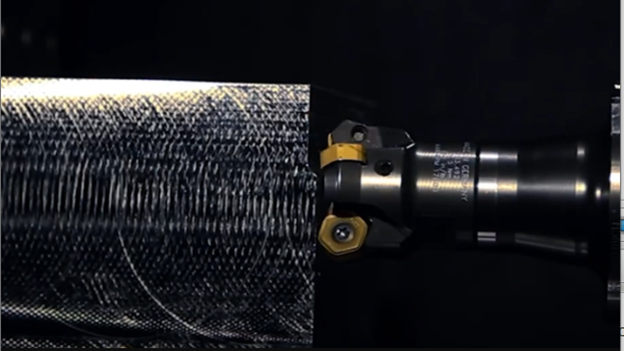In 2022, manufacturers had to grapple with ongoing supply chain issues, labor shortages, and an uncertain economic environment. In addition, inflation pressures impacted purchasing decisions for some shops – whether to upgrade equipment or buy less expensive tools.
The adoption of digital manufacturing techniques continues to gain traction and there has never been a more opportune time to embrace the smart factory. With the Great Resignation following a global pandemic adding to the labor shortage, automation can fill in the gaps.
In compiling this year's top 10 most viewed articles on Better MRO, we see an interest in attracting and retaining skilled workers, seeking out tips to machine difficult materials, cutting tools that offer versatility and increased tool life, and the rationale behind not buying cheap cutting tools. Readers were also interested in government compliance under the Trade Agreements Act (TAA) and safety topics such as OSHA reporting on high-risk workplace injuries.
We hope you like our list. Let us know what other topics you enjoyed or if there are any other themes you’d like us to cover in the comments below.
Now, here is our list of the year’s most popular content.
No. 10: Why You Need to Stop Buying Cheap Cutting Tools















Talk to Us!
Leave a reply
Your email address will not be published. Required fields are marked *